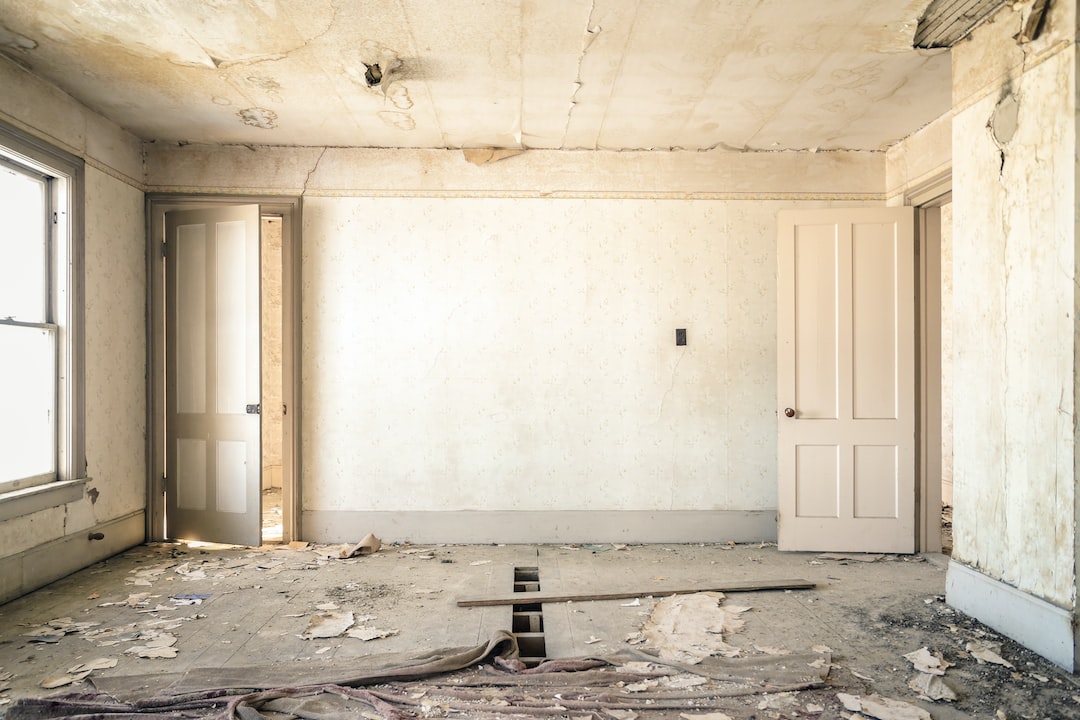The Pros and Cons of Different Flooring Options
When it comes to home improvement, one of the most important aspects to consider is flooring. The right flooring can enhance the overall aesthetics of your space and make it more comfortable to live in. However, with so many options available in the market, it can be overwhelming to determine which flooring option is the best fit for your needs. To help you make an informed decision, we have compiled a list of the pros and cons of different flooring options.
1. Hardwood Flooring:
Hardwood flooring is a timeless option that adds warmth and elegance to any room. It is available in a variety of patterns, colors, and species, making it versatile for different interior styles. One of the main advantages of hardwood flooring is its durability. With proper care and maintenance, hardwood floors can last for generations. They are also hypoallergenic, making them an excellent choice for people with allergies.
However, hardwood flooring is relatively expensive compared to other options. It is also susceptible to scratches and dents, especially in high-traffic areas. Additionally, hardwood floors are not recommended for areas with excessive moisture, such as bathrooms or basements, as they can warp or buckle.
2. Laminate Flooring:
Laminate flooring is a cost-effective alternative to hardwood. It mimics the appearance of wood or stone, offering a similar aesthetic appeal at a lower price. Laminate flooring is easy to install and maintain. It is resistant to stains, scratches, and fading, making it suitable for high-traffic areas. Furthermore, laminate flooring is more moisture-resistant than hardwood, making it a good choice for kitchens and bathrooms.
However, laminate flooring does not have the same durability as hardwood. It cannot be refinished, so scratches and dents may be more noticeable over time. Laminate flooring also lacks the natural, warm feeling of real wood.
3. Vinyl Flooring:
Vinyl flooring has gained popularity in recent years due to its durability, affordability, and versatility. It can mimic the appearance of various materials like wood, stone, or tile, offering a wide range of design options. Vinyl flooring is resistant to scratches, stains, and water, making it suitable for any room, including bathrooms and basements. It is also comfortable to walk on, as it provides a soft cushioning effect.
However, vinyl flooring may emit volatile organic compounds (VOCs) from certain types of adhesives used during installation. These VOCs can have adverse health effects. Additionally, vinyl flooring can fade over time when exposed to direct sunlight. It is also less environmentally friendly compared to other options.
4. Carpet:
Carpet is a popular flooring option, especially for bedrooms and living rooms, as it adds warmth and comfort. It comes in a variety of colors, patterns, and textures, allowing you to create a cozy and inviting space. Carpet also acts as an insulator, providing soundproofing and energy-saving benefits.
On the downside, carpet requires regular vacuuming and cleaning to maintain its appearance and hygiene. It can accumulate dust, allergens, and pet dander, making it less suitable for allergy sufferers. Additionally, carpet is prone to stains and can be difficult to clean if spills occur. It may also need to be replaced more frequently compared to other options.
5. Tile Flooring:
Tile flooring is a versatile option that offers a wide range of design possibilities. It is available in various materials such as ceramic, porcelain, and natural stone like marble or granite. Tile flooring is durable and resistant to scratches, stains, and moisture. It is easy to clean and maintain, making it an excellent choice for kitchens and bathrooms.
However, tile flooring can be cold and hard underfoot. Without proper insulation, it may not be ideal for colder climates. Additionally, ceramic and porcelain tiles can chip or crack if heavy objects are dropped on them. Natural stone tiles, while aesthetically pleasing, require regular sealing to prevent staining and damage.
In conclusion, choosing the right flooring option for your home involves considering various factors like budget, durability, maintenance, and aesthetic preferences. Each flooring option has its own set of pros and cons, so it is essential to weigh them carefully before making a decision. Whether you prefer the timeless elegance of hardwood, the affordability of laminate, or the versatility of vinyl, finding the right flooring can transform your home into a comfortable and stylish sanctuary.


